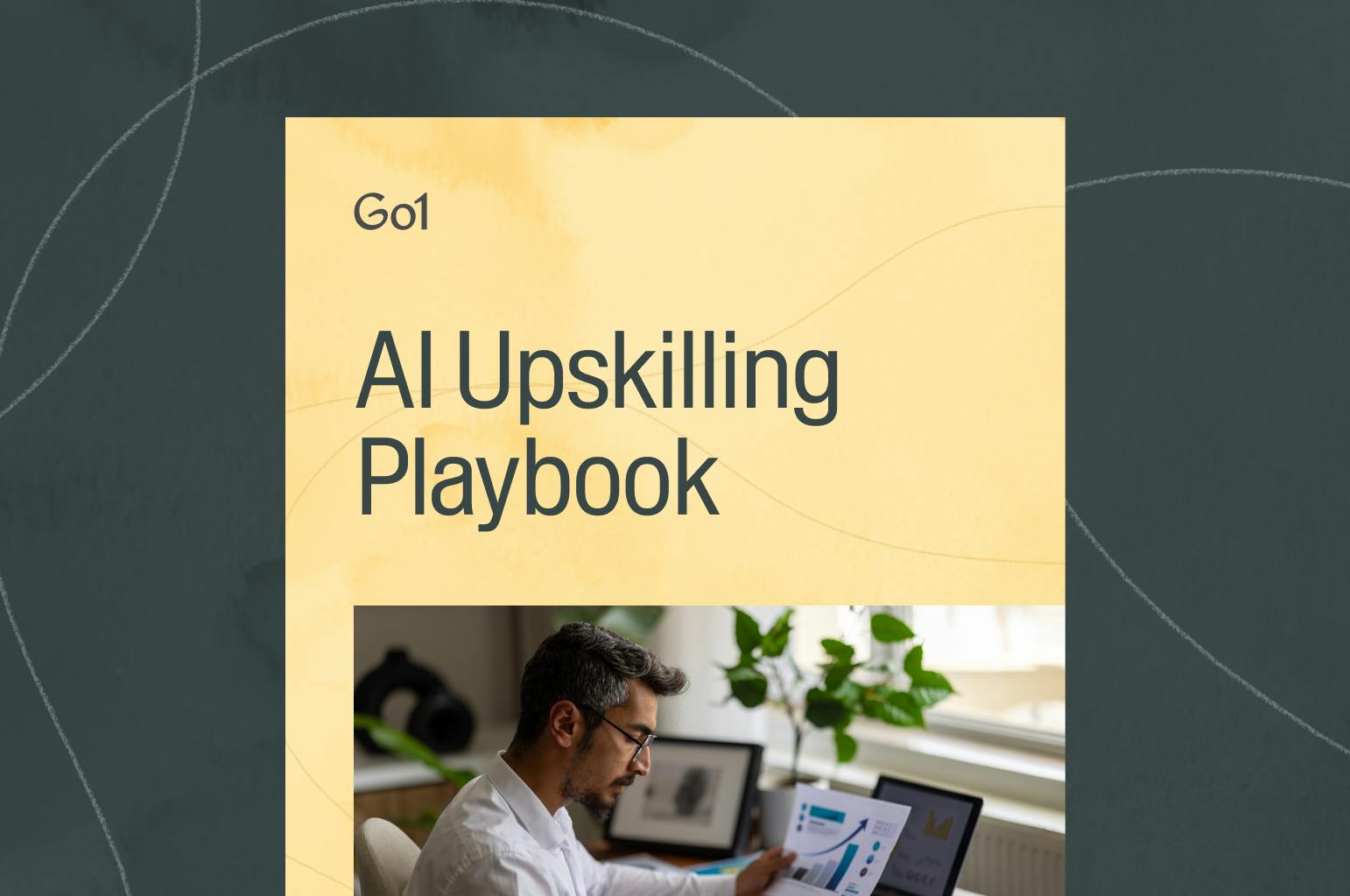Burnout: Causes, effects, and how to avoid it

Burnout is real—and it's costing your business
Burnout isn’t just a trending topic. It’s a workplace crisis with serious consequences. In fact, research from iSolved shows that 65% of US employees experienced burnout in 2023—leading to increased sick days, lower productivity, and costly turnover.
Let’s break down what burnout looks like, why it matters, and how you can help your team build lasting resilience.
What is burnout?
Burnout is more than just feeling tired. It’s prolonged emotional, mental, and physical exhaustion caused by sustained stress—often showing up as disengagement, cynicism, or a sense of helplessness.
Common causes include:
- Overload: Unrealistic workloads or expectations
- Lack of control: Employees feeling powerless in their roles
- Unclear goals: Ambiguity around responsibilities or priorities
- Toxic culture: Environments that prioritize output over wellbeing
- Poor boundaries: Little separation between work and personal time
65% of U.S. employees experienced burnout in 2023
The business impact:
- Higher health risks: Anxiety, depression, and illness increase
- Reduced productivity: Burnt-out employees get less done
- More turnover: Exhausted employees are 2.6x more likely to leave
How to prevent burnout: 4 practical tips
Burnout feels inevitable in some companies or roles. With the right support, teams can build resilience—the ability to bounce back from challenges and thrive through change.
1. Support stress management
- Encourage walking meetings and offer subsidized fitness perks
- Provide access to counseling or Employee Assistance Programs (EAPs)
- If employees are really struggling, talk to your execs about offering an extra day off
2. Prioritize time management
- Teach practical skills like time-blocking and prioritization
- Support micro-breaks or create unplug zones, especially for hourly teams
- Embrace flexible work hours when possible—outcomes matter more than hours
Exhausted employees are 2.6x more likely to leave
3. Encourage work-life balance
- Set the tone: Discourage after-hours emails, even with leadership
- Normalize PTO use—vacation boosts mental health and recovery
- Propose “no meeting” days to support deep work and give everyone a video-call break
4. Build a psychologically safe workplace
- Create safe spaces for open feedback and honest conversations
- Celebrate even the smallest team wins and show appreciation regularly
- Offer emotional intelligence and resilience training and coaching
- Host team-building events—even in remote or hybrid settings
Resilience starts right here
Burnout doesn’t have to be the word that comes to mind when employees talk about work. By taking small, intentional steps, you can support your team’s wellbeing while building a workplace where people thrive.
Don't tackle this alone

Related Articles

Application Guide: How to use the Go1 AI for L&D Maturity Assessment to assess our workforce AI capability

AI upskilling made clear: A practical guide to building an AI-ready workforce

Go1 welcomes PepTalk

5 Data-Backed Insights Shaping the Future of AI in Workplace Learning

Train smarter, spend less
Train smarter,spend less
Connect with a Go1 expert to explore the best training options for your organization—no pressure, just solutions that work.